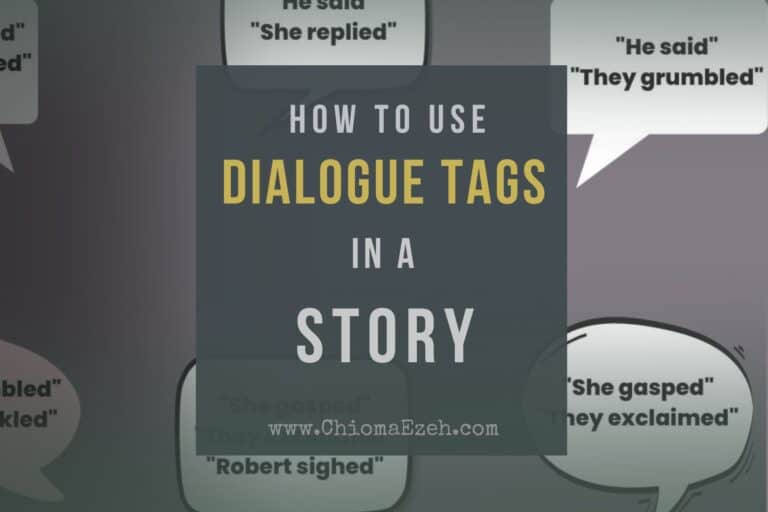What Is The Setting Of A Story? [Explained With Examples for Authors]
Writing a story involves creating an immersive world for your readers. One of the key elements to building this world is setting. But what exactly does it mean when we talk about ‘setting of a story’?
Setting encompasses all aspects that create the backdrop and context for your characters, from time period to location, weather conditions and more. It’s important to understand how each element works together in order to craft an effective setting that will help drive the plot forward while providing depth and texture to your narrative.
In this blog post, we’ll explore why setting is so important in stories as well as different types of settings you can use plus tips on how best use them. Read on if you’re interested in learning more about the setting of a story.
👉 Want to learn about other elements of a story? See our guide on the elements of a story
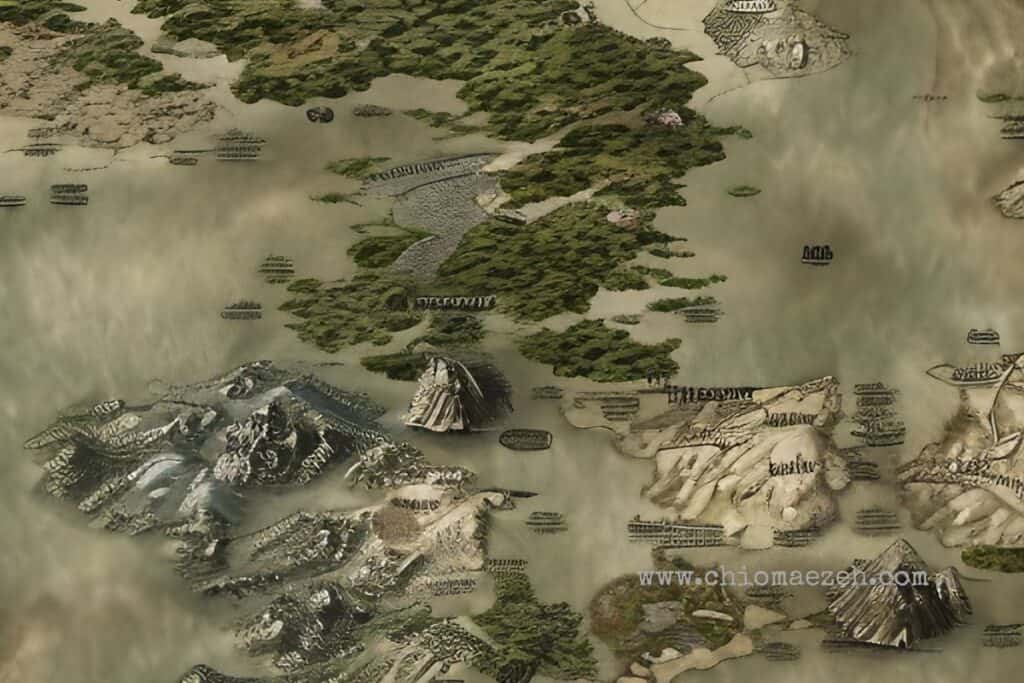
Let’s Talk
Are you a writer aspiring to pen a masterpiece that never fails to captivate? Look no further. Reach out to us and uncover how we can help you to take your writing to unprecedented heights!

What is Setting of A Story?
Setting is an essential element of storytelling. It is the backdrop against which a story unfolds, and it provides context for characters and events. Setting can be either physical or psychological, actual or fictitious; it has the power to shape not only a tale’s atmosphere but also its principal motif.
The action can occur:
- at any time (Time element)
- in any location (Location element)
- with any kind of atmosphere (Atmosphere element)
- social customs (Culture element)
These are the four elements of a setting. Each element contributes to creating a vivid world that readers can immerse themselves in.
Elements of Settings
Setting can be divided into four elements: time period, location, culture, and atmosphere.
- Tme Period: could be anything from ancient times to modern day or even futuristic worlds.
- Location: may vary from quaint hamlets to bustling metropolises; rustic environs to cosmopolitan hubs; lofty peaks to scorching sands; coastal settlements to isles afar; woodlands to verdant rainforests.
- Culture: refers not only to language but also customs, beliefs, values, attitudes, norms of behavior, dress codes etc.
- Atmosphere encompasses both physical characteristics, such as weather, and emotional aspects, like tension.
Authors should ponder thoroughly each of these components and how they will mold the setting of the narrative, as well as their effects on its characters’ deeds and inspirations.
Why is Setting important in a story?
Setting serves as a canvas for characters and occurrences to come alive, whilst also giving readers an atmosphere in which they can make sense of the narrative. Setting can also help create atmosphere, tension, and suspense in a story.
Here are some reasons why setting is important in a story:
- It establishes mood
- It adds depth to character development
- It creates opportunities for conflict
- it allows them to construct believable worlds populated by realistic characters who feel like real people living within these environments.
- Authors give readers something tangible to latch onto while reading through stories.
Setting is a fundamental element of narrative, lending atmosphere, revealing character intent and heightening suspense. By understanding these, authors can use them to their advantage in crafting compelling stories.
Types of Settings
It helps to create the mood, establish the tone, and provide context for characters’ actions. Settings in literature and film can differ greatly, each with its own distinct traits that contribute to the atmosphere, tone, and context of a narrative.
- Historical settings take place in a specific time period or era in history such as World War II or the Victorian Era.
- Contemporary settings are set in modern times and usually feature current technology like smartphones or computers.
- Fantasy settings exist outside of reality; they can be completely made up worlds with their own rules and laws of nature that differ from ours here on Earth (e.g., Harry Potter).
- Science fiction is similar to fantasy but it takes place within our universe – either now or sometime far into the future – where advanced technology has changed life drastically (e g Star Wars).
- Urban settings which take place within cities rather than rural areas; these tend to focus more on interpersonal relationships between characters due to their close proximity with one another compared with other types mentioned above (e.g., Friends).
From the sweeping realms of fantasy to the mundane realities of everyday life, stories can draw upon a variety of settings. Now let’s explore how to use these settings to bring life to your story.

How To Write Setting For Your Story
Once you have established your setting using all four elements mentioned earlier, next is to use those details strategically throughout your narrative so that they become integral parts of the plot rather than just background noise.
Here are some tips for doing this effectively:
- Start with the basics: Consider the time period, geographical location, and cultural context of your story. These factors will inform the overall setting and help you build a strong foundation for your narrative.
- Use sensory details: Engage your readers by incorporating vivid sensory details, such as sights, sounds, smells, and textures, to immerse them in your story’s world.
- Show, don’t tell: Rather than explicitly describing the setting, allow your readers to discover it through your characters’ actions, dialogue, and emotions.
- Be consistent: Maintain consistency in your setting to ensure that your story feels cohesive and believable.
- Incorporate symbolism: Use your setting to convey deeper meanings or themes within your story, adding depth and nuance to your narrative.
- Balance familiarity and novelty: Strike a balance between familiar, relatable settings and unique, imaginative elements to create a setting that feels both grounded and engaging.
- Research: Conduct thorough research on your chosen setting to ensure accuracy and authenticity.
By following these tips, you can create a rich, immersive setting that deeply connects with your readers and enhances your story’s impact.
👉For a deeper look, read our article on how to write setting of a story
Examples of Settings in popular stories and novels
There are countless examples from literature showcasing how powerful settings can be used to enhance narratives – here are a few popular ones worth exploring:
Harry Potter
The Harry Potter saga is set in a realm of dream and reality, where the two intertwine. The majority of the books take place in Hogwarts School of Witchcraft and Wizardry, an ancient castle located somewhere in Scotland. Other locations include Diagon Alley, Hogsmeade Village, and various other magical places around Britain. These magical locations contribute significantly to the enchantment of the series, captivating readers everywhere with their enchanting escapades.
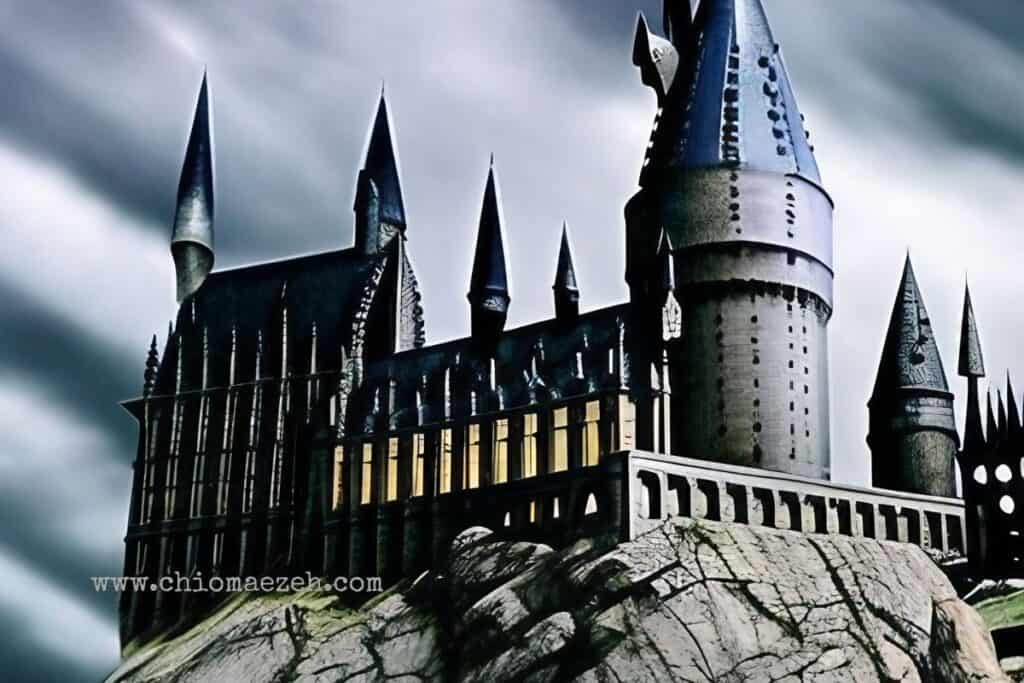
Lord Of The Rings
JRR Tolkien’s Middle Earth serves as the main setting for The Lord Of The Rings trilogy, a realm of remarkable geography, varied cultures, distinct languages and diverse creatures. Locations such as Rivendell Valley, Mordor Mountains and Minas Tirith give readers an immersive experience into this world while also providing key plot points throughout each book. This setting helps create an atmosphere full of adventure which is integral to understanding why these stories have become so popular among readers everywhere.
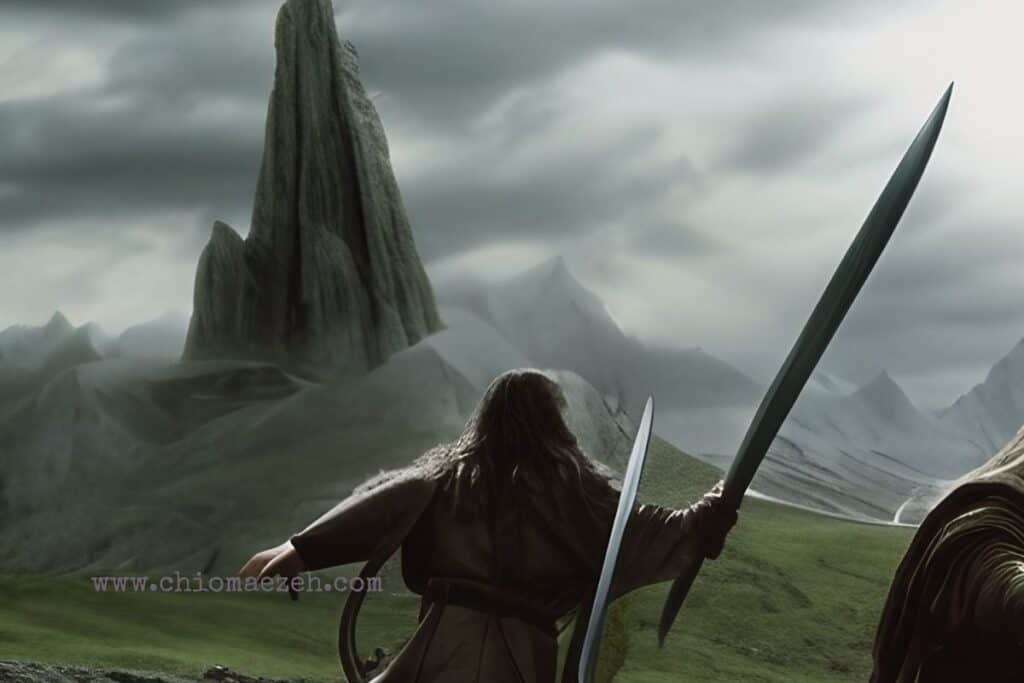
Game Of Thrones
Game Of Thrones takes place mainly in Westeros but also includes some scenes set outside its borders such as Essos or Braavos. This setting provides a great opportunity for viewers to explore different cultures within one universe while still having enough variety between them to keep things interesting throughout each season’s run time. It also allows for political intrigue between characters from different regions, adding another layer of complexity to this already complex show that has made it popular among fans worldwide since its debut back in 2011.
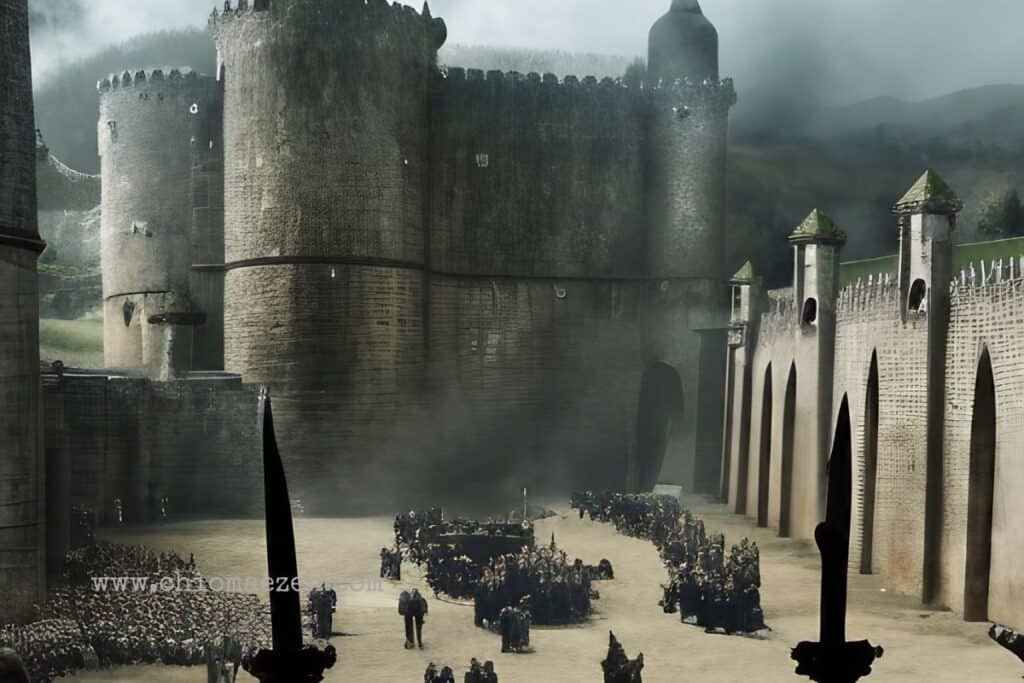
How To identify the setting of a story
Location and period are key elements of a narrative, which can be used to craft an atmosphere and offer context. To identify the setting of a story, look for clues in the text such as descriptions of characters’ clothing or environment; references to historical events or cultural customs; and mentions of climate, geography, architecture, technology, etc.
Pay attention to how these elements are described – does it feel like an old-fashioned village? A bustling city? An alien planet? The vivid imagery evoked by the bustling city and alien planet provide a backdrop to establish the setting of your tale, giving you an idea of its location and time period.
Overall, you can identify the setting of a story by its:
- Physical Setting: Includes the environment, geography, and climate in which a story takes place. It can be as specific as a particular street or house or as broad as an entire country or planet.
- The social atmosphere: Such as the distinctive culture, practices and values which are often influential in the actions and choices made by protagonists within the narrative.
- Historical Setting: A certain time period in history, such as during World War II or during The Great Depression era in America.
- Psychological Setting: How characters feel about their environment and situation; it looks at how they think and react to what is happening around them both internally (in their minds) and externally (in their physical surroundings).
Video Recommendation
FAQs On Setting Of A Story
Final Notes on Setting of a Story
Setting of a story is an essential element in creating a captivating narrative. It can be used to enhance the atmosphere, build tension and evoke emotion from readers.
Are you a writer looking to improve your storytelling? Setting is an essential part of any story, and understanding the basics can help take your writing to the next level. Join us in exploring how setting impacts plot development, characterization, tone, and more. Go through our articles on story structure, and learn how to craft vivid settings that draw readers into your stories.


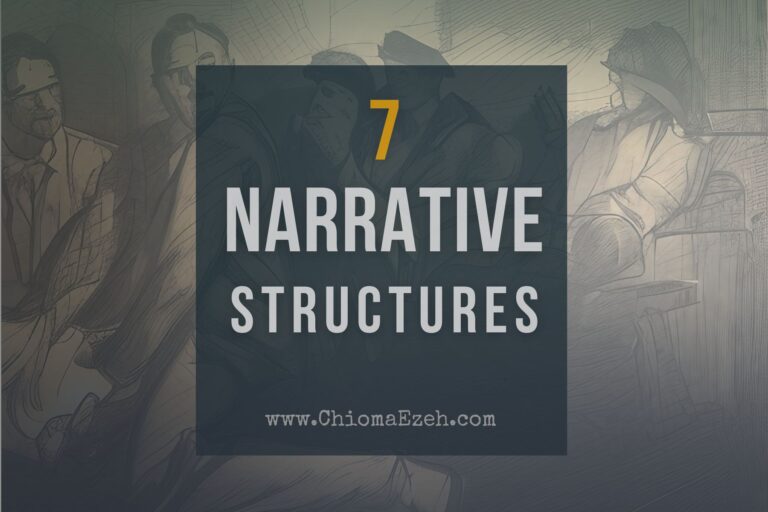
![What Is Introduction In A Story? [Explained]](https://chiomaezeh.com/wp-content/uploads/2023/02/introduction-in-a-story-1-768x512.jpg)
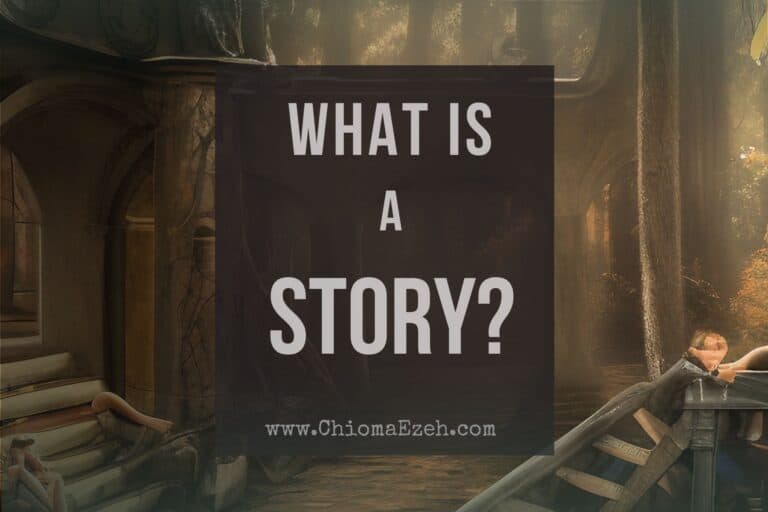
![How To Write Dialogue Between Doctor And Patient [13 Templates]](https://chiomaezeh.com/wp-content/uploads/2023/04/how-to-write-dialogue-between-doctor-and-patient-768x512.jpg)
